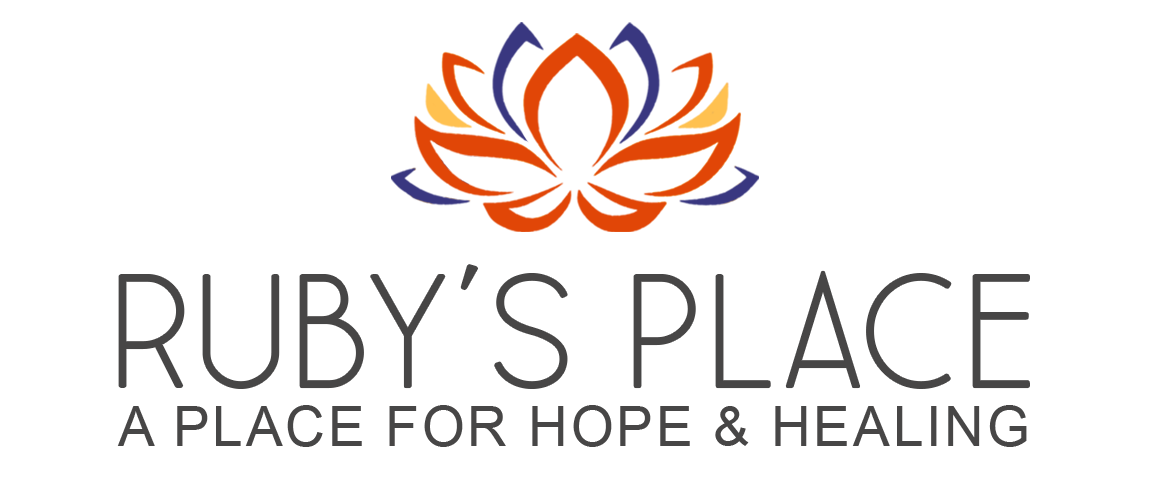Domestic Violence: Impact on Native American and Alaskan Native Communities
Domestic violence knows no boundaries, but its impact varies across different communities within the United States. As a young Oglala Sioux woman, I've witnessed firsthand the complex realities faced by Native American and Alaskan Native communities regarding domestic violence. In fact, it is our community that experiences a highly disproportionate rate of intimate partner violence compared to any other societal group. Behind our ancestral lands and beautiful vibrant culture lies stories of both pain and resilience.
Startling statistics* show that a significant 83 percent of Native American and Alaskan Native adults have encountered various forms of violence in their lifetimes, including psychological aggression, physical violence by intimate partners, stalking, and sexual violence. This equates to nearly 3 million individuals who have endured these traumatic experiences.
Interestingly, men and women within these communities experience violence at similar rates: According to a survey conducted by the U.S Department of Justice, roughly 84.3 percent of women and 81.6 percent of men face violence in their lifetime. However, Indigenous women bear a significantly heavier burden concerning sexual violence (56.1 percent versus 27.5 percent for men) and stalking (48.8 percent versus 18.6 percent for men).
The sobering reality? The victimization rates among Native Americans and Alaskan Natives surpass those of other ethnic groups. For women, the lifetime victimization rate is 1.2 times higher than that of White women, while for men, it is 1.3 times higher than their White counterparts.
One startling revelation is that interracial violence is more prevalent than intraracial violence within these communities. The majority of victims have experienced violence at the hands of interracial perpetrators, emphasizing the urgency for legal reforms. Fortunately, the Violence Against Women Reauthorization Act of 2013 made progress by granting federally recognized tribes the authority to prosecute non-Indian perpetrators for crimes committed on tribal lands.
How can we address domestic violence in our community? By listening to the voices of Indigenous and Native communities. We are instrumental in the campaign against domestic violence. By actively listening to our experiences, insights, and solutions, we can foster a more inclusive, culturally sensitive approach to change. It is through collaboration, understanding, and mutual respect that we can truly make a difference and put an end to domestic violence.
-Dawn Badheartbull-Clark, Oglala Sioux tribe member and Social Media and Content Coordinator at Ruby’s Place



